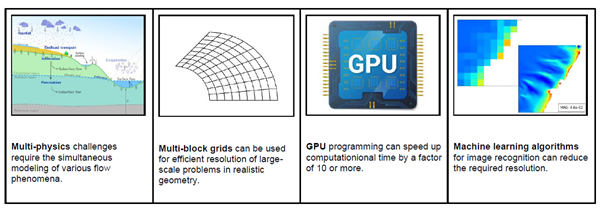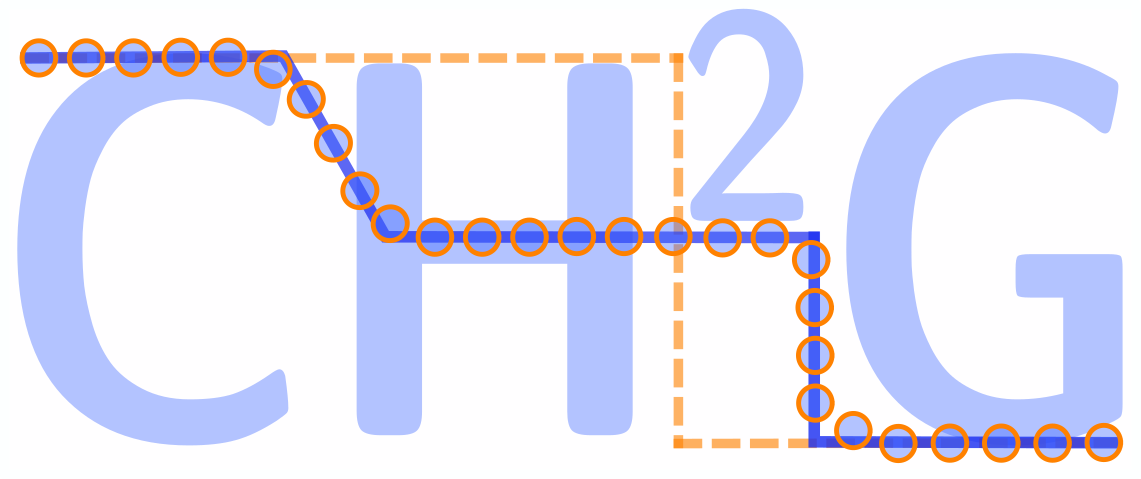2024- 2028
The Doctoral Network (DN) “RESCUER“ (Resilient Solutions for Coastal, Urban, Estuarine and Riverine Environments) will focus on the training of young researchers (Fellows) in the general area of coastal oceanography, hydraulic and coastal engineering, applied mathematics, and scientific computation. The network will leverage advances in the numerical treatment of hydrodynamic equations in the past decade to create multi-physics models able to address pressing needs in practical modeling of various phenomena in the coastal zone with the goal of improving overall safety of coastal areas. Ensuring the safety of property and commercial developments onshore and offshore requires an integrated approach, including phase-resolving wave modeling, tracking and mitigation of morphological changes, potential flooding in urban areas and monitoring of water quality.
While protective structures and emergency plans for catastrophic storm waves and storm surges are well established, the confluence of global warming and sea level rise with other known natural risk factors and increasing human activity create a new set of hazards and requires new thinking in coastal modeling and the planning of mitigation strategies. To address the challenges outlined above, we will rely on numerical techniques which are in each case tested against existing models and validated with experiments and field measurements. In our work with consulting companies and government agencies, we have identified a trend towards coupled models instead of traditionally used stand-alone models and a need for operational capabilities.
These needs will be answered using new multi-physics models, state-of-the-art numerical methods, image recognition algorithms and innovative programming techniques such as GPU programming. The synergistic interplay of physical modelling, numerical analysis and large-scale simulation with lab experiments and field work plays an essential role in this network. Our project goes beyond the state of the art by improving existing numerical models, employing GPU programming and super-resolution techniques and building a unified suite of solvers that will allow us to address the multi-physics problems in coastal, estuarine, riverine and urban areas.

Participantes:
1. ‘the coordinator’: UNIVERSITETET I BERGEN (UiB), BERGEN, Norway,
2. UNIVERSIDAD DE ZARAGOZA (UNIZAR), ZARAGOZA, Spain,
3. UNIVERSITA POLITECNICA DELLE MARCHE (UNIVPM), ANCONA, Italy,
4. AALBORG UNIVERSITET (AAU), AALBORG, Denmark,
5. UNIVERSITE DE PAU ET DES PAYS DE L’ADOUR (UPPA), PAU, France,
6. UNIVERSIDADE DE COIMBRA (UC), COIMBRA, Portugal,
7. INSTITUT NATIONAL DE RECHERCHE EN INFORMATIQUE ET AUTOMATIQUE (INRIA), LE CHESNAY, France,
8. SUEZ EAU FRANCE (SUEZ-RPT), PARIS LA DEFENSE 92040, France
European Commission. Horizon Europe Framework Programme (HORIZON)
